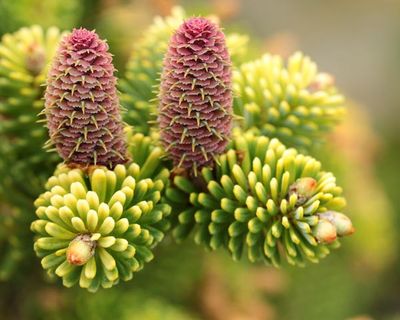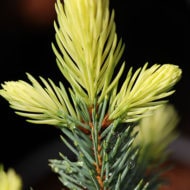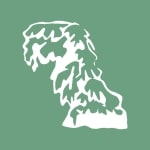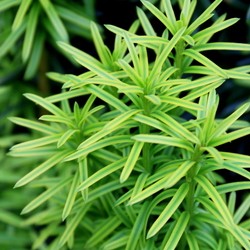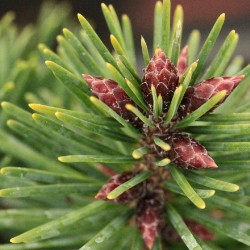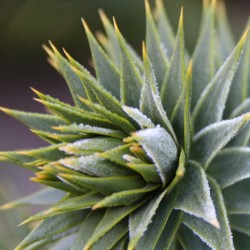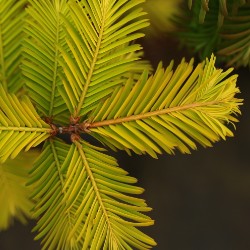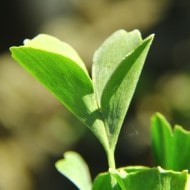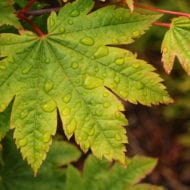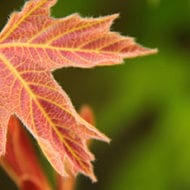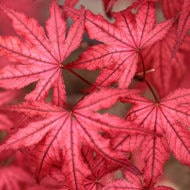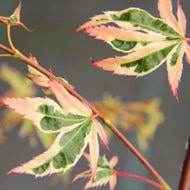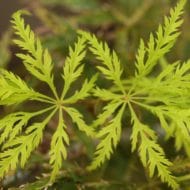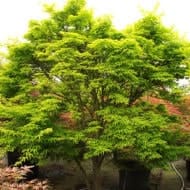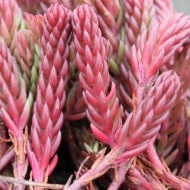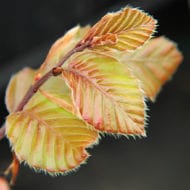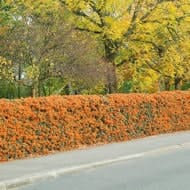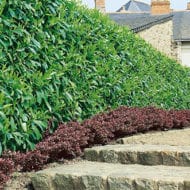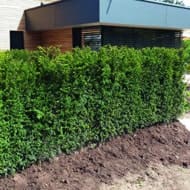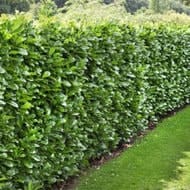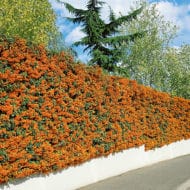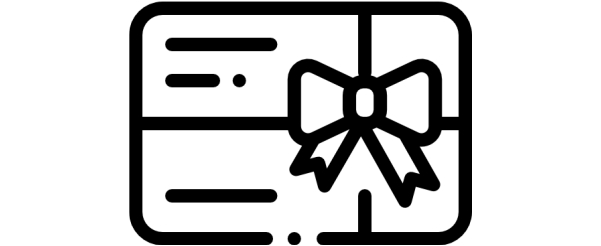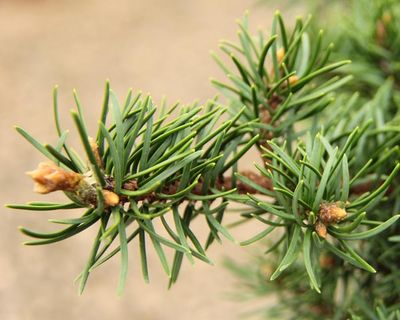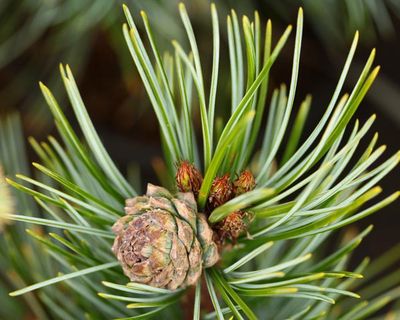Pinus-Pine Types
Pinus – Pine
To some, every conifer is a “pine”. Although there is a remarkable number of pine species, they are distinguished from other conifers with their needles typically being grouped into bundles called fascicles.
When peoople think of conifers, they typically picture an iconic pine tree. While pines are the largest genus of conifers, they are just one of many different genera and species. With so many different kinds of pines, it is hard to categorize them. However, there are two main groups of pines in production: hard pines and soft pines. As the name indicates, hard pines have somewhat rigid needles in groups of 2-3 needles per bundle/fascicle. These species aslso have harder wood while soft pines have a very soft wood and longer, thinner needles in bundles of 5 that feel soft to the touch. Hard pines also typically are more tolerant of wet soils while soft pines are more susceptible to wet soils and root rot.
Pine Attributes
Like described above, there are some stark differences between the many different species of pine. However, there are a few things they all have in common–namely that they have needles in bundles called fascicles. Cones vary greatly in shape and size, but unlike firs, the cones remain intact when they mature. Most pines prefer a well-draining soil rich in organic matter.
Selecting The Right Pine
Depending on your part of the country, some pines will perform better than others. Using the hardiness zone maps on the product pages, you can clearly see if any given variety is a good choice for your area. Another big consideration when shopping for a pine is its rate of growth and plant form which will guarantee the plant will be a good fit where you are considering planting. If you would like advice on making a fitting selection, we are happy to help make recommendations that fit your needs!


